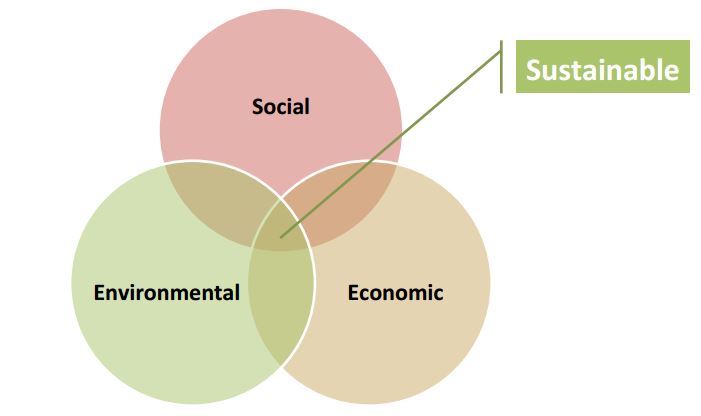
As someone who constantly struggles with combing through bank cards, membership cards, and bus passes in an insufficient wallet compartment, I was captured by the innovative product, Coin, which Judith Yeo blogged about. It seemed like the ultimate solution, and my initial concerns of losing the card (also being someone who constantly misplaces things) were addressed by Yeo’s mention of its security features. However, with further thought, the security issues outside one’s control that would come along with Coin seemed to largely outweigh its foremost benefit of user convenience. Many others said the same, and two particular comments summed up the general feedback on the product:
“The hacking and theft possibilities seem endless. No thank you.”
“What if I lose or misplace my phone?”
This illustrates the significance in cooperation between various departments of an organization. Product design and technology development departments indulged in an overly idealistic world. Had they consulted with those who conducted market research, they would have better considered the product’s practicality through consumers’ unanimous concerns.
Thus, rather than seeing Coin as Yeo’s classification of a “painkiller” , I view this all-in-one card as an innovation with good intentions, but dangerous consequences.
Works Cited
Guarini, Drew. “Coin Wants To Replace Every Single Credit Card In Your Wallet.” The Huffington Post. TheHuffingtonPost.com, Inc., 14 Nov. 2013. Web. 17 Nov. 2013.
Yeo, Judith. “San Francisco Start-Up Produces a New Innovative Product.” Judith Yeo’s Blog. UBC Blogs, 16 Nov. 2013. Web. 17 Nov. 2013.
Hamburger, Ellis. “Wallet Hack: Can Coin Replace Your Credit Cards?” The Verge. Vox Media, Inc., 14 Nov. 2013. Web. 17 Nov. 2013.




Recent Comments